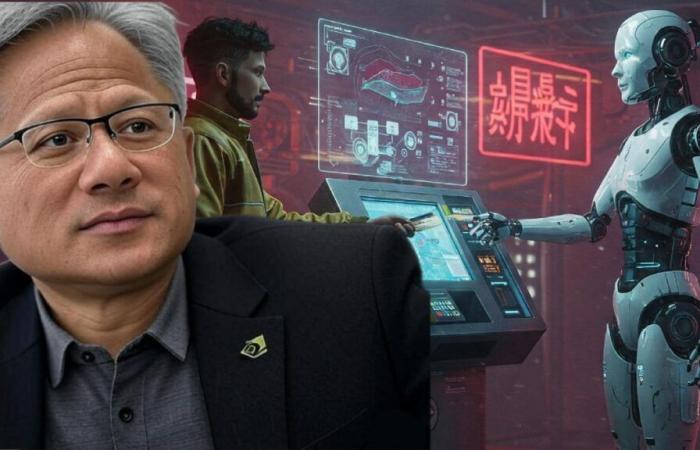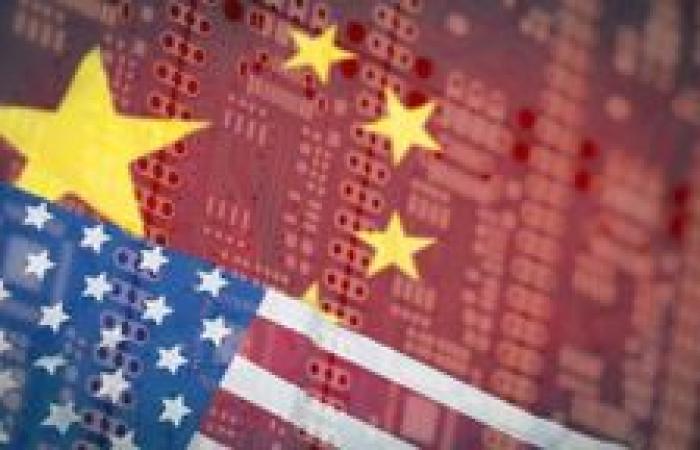In March, more than 25,000 people filled the GTC 2025 of Nvidia in San José, California, to listen to Jensen Huang, the man who has converted a graphics card company in the world epicenter of artificial intelligence and who now has a personal battle with the US.
His message was quite clear and forceful: The shortage of human workers is real and the solution is in robotics. “By the end of this decade, at least 50 million workers in the world will be missing. If we could, we would pay $ 50,000 to each one, but we will probably end up paying that amount to the robots to work,” Huang said.
Although this may sound quite alarming and precipitated, the truth is that it is not exaggerating at all. The new Isaac G00T N1 model, presented at the event, is an open source platform created to accelerate the development of humanoid robots capable of learning, adapting and performing tasks increasingly close to those that humans do.
From moving objects to manipulating all kinds of materials and tools or even evaluating products, these robots are already being tested by companies such as Agility Robotics, Boston Dynamics and Neura Robotics. The objective is that they cease to be simple tools and become co -workers, day to day, to collaborate and learn with humans.
Nvidia wants to be in charge of the revolution: from the chips to humanoid robots that will cause a 180 degree turn
Comment that Huang not only talked about robots and also presented the new generation of Rubin chips and the Cosmos platform, designed so that AI and robotics are the heart of larger and top industries valued at 50 billion dollars.
Nvidia wants That its products are the brain of 1,000 million humanoid robots, 10 million automated factories and 1.5 billion autonomous vehicles in the coming decades.
The CEO ensures that AI is in a ‘turning point’ and that its company is already the backbone of large data centers and the current economy at the technological level.
Without going any further, companies such as General Motors have already announced that they will incorporate the technology of this company into their next generation of autonomous cars, while Toyota and Uber also bet on their chips and software for automated driving.
-
As he explains, the idea is that, in the future, All companies have a ‘secondary AI factorywith their own robots and intelligent systems that will work autonomously, while even learning from their surroundings and optimizing all processes.
“The AI is expanding the limits of the possible, turning yesterday’s dreams into today’s realities,” said the CEO.
The US has nvidia in China and lights the spark of Asian technological independence
The other face of the currency is the technological war between the United States and China. Recently, the US government blocked the export of NVIDIA H20 chip, designed specifically for the Chinese marketwhich has meant a hard blow to the company and accelerated the search for technological independence in Asia.
China, which until now depended on NVIDIA chips for their data and systems centers, has responded with the development of its own semiconductors and artificial intelligence platforms.
In a nutshell, H20 veto could mark the end of American hegemony in the sector and open a new stage in which China could be placed at the top.
With all this on the table, what until recently seemed phrases taken from futuristic films is already part of the present. Humanoid robots, artificial intelligence and advanced chips are one step away from changing industries and, therefore, the world economy. Seen the seen, Nvidia will not be left behind and Jensen Huang is clear that her company is at the top of innovation.
Know How we work in ComputerHoy.
Tags: NVIDIA, Artificial Intelligence, Work, Software








